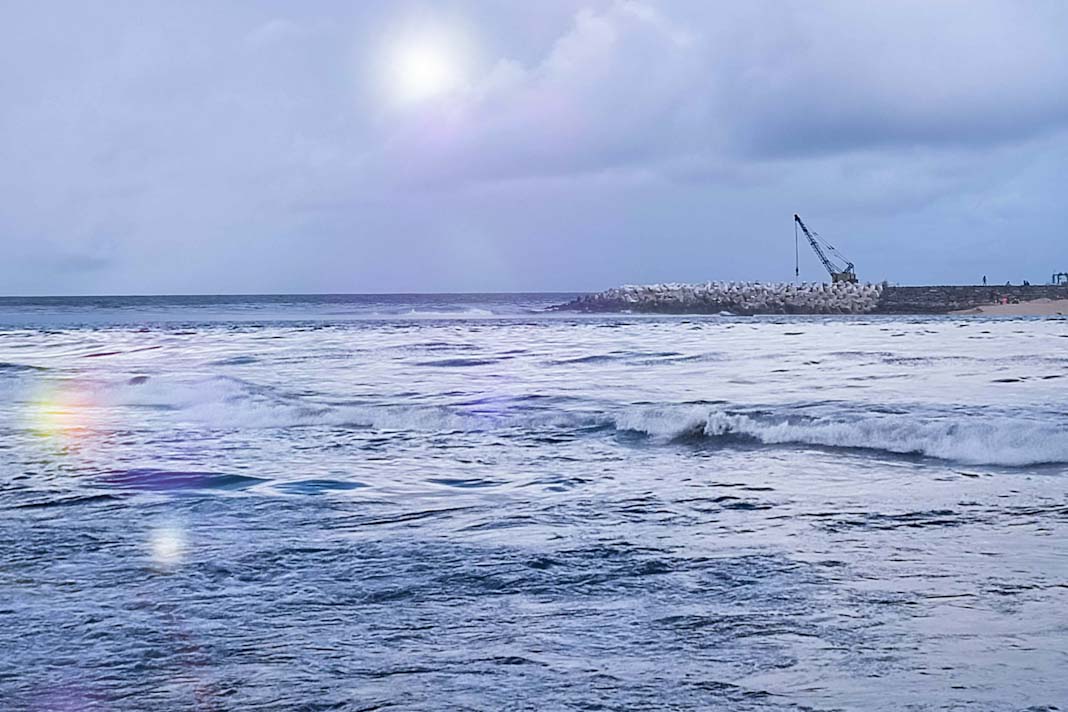 HGK Shipping, part of Germany’s integrated logistics group HGK, has developed a design for a river/sea-going gas tanker to better comply with new transport requirements in the energy transition era, reports offshore energy.
HGK Shipping, part of Germany’s integrated logistics group HGK, has developed a design for a river/sea-going gas tanker to better comply with new transport requirements in the energy transition era, reports offshore energy.
Vanguard
Under the project name ‘Vanguard’, the inland shipping company has designed Europe’s first river/sea-going gas tanker for the transport of cold liquefied ammonia (NH3) and liquefied CO2 (LCO2).
Features
As explained, the Vanguard, which features a length of 125 meters and a width of 17.5 meters, will not only be used on rivers but can also operate in coastal waters and beyond.
In order to make transport as sustainable and resource-efficient as possible, a wind-assisted propulsion system (WAPS) — a type of sail, supports the diesel-electric future fuel-ready propulsion system.
Steffen Bauer, CEO of HGK Shipping, placed the innovative ship concept in his plans for the company’s development , “The increasing decarbonization of production processes is changing the flow of goods. This creates opportunities for our industry and for HGK Shipping to offer the economy new, soon available transport solutions.”
The Rhine in particular, which is navigable for the “Vanguard” up to the Upper Rhine, offers the industry, which is heavily concentrated on this river, an efficient alternative to missing pipeline structures or those that will only be realized in the distant future, according to the HGK Shipping’s CEO.
The underlying ship concepts support industry in the removal of carbon dioxide residues, which are separated and collected in liquid form as LCO2 in the various production processes. With the help of the carbon capture and storage (CCS) and carbon capture and utilization (CCU) processes, CO2 emissions can be avoided or reused in chemical processes.
The second important area of application for these newly developed gas tankers is the delivery of the hydrogen derivative ammonia for its further processing, the so-called cracking of NH3, to supply the markets with sustainable, green energy.
Did you Subscribe to our daily newsletter?
It’s Free Click here to Subscribe!
Source: Offshore energy

























